Affiliate links on Android Authority may earn us a commission. Learn more.
TP-Link Deco X60 AX3000 Mesh Wi-Fi system review: Speedy, whole-home coverage
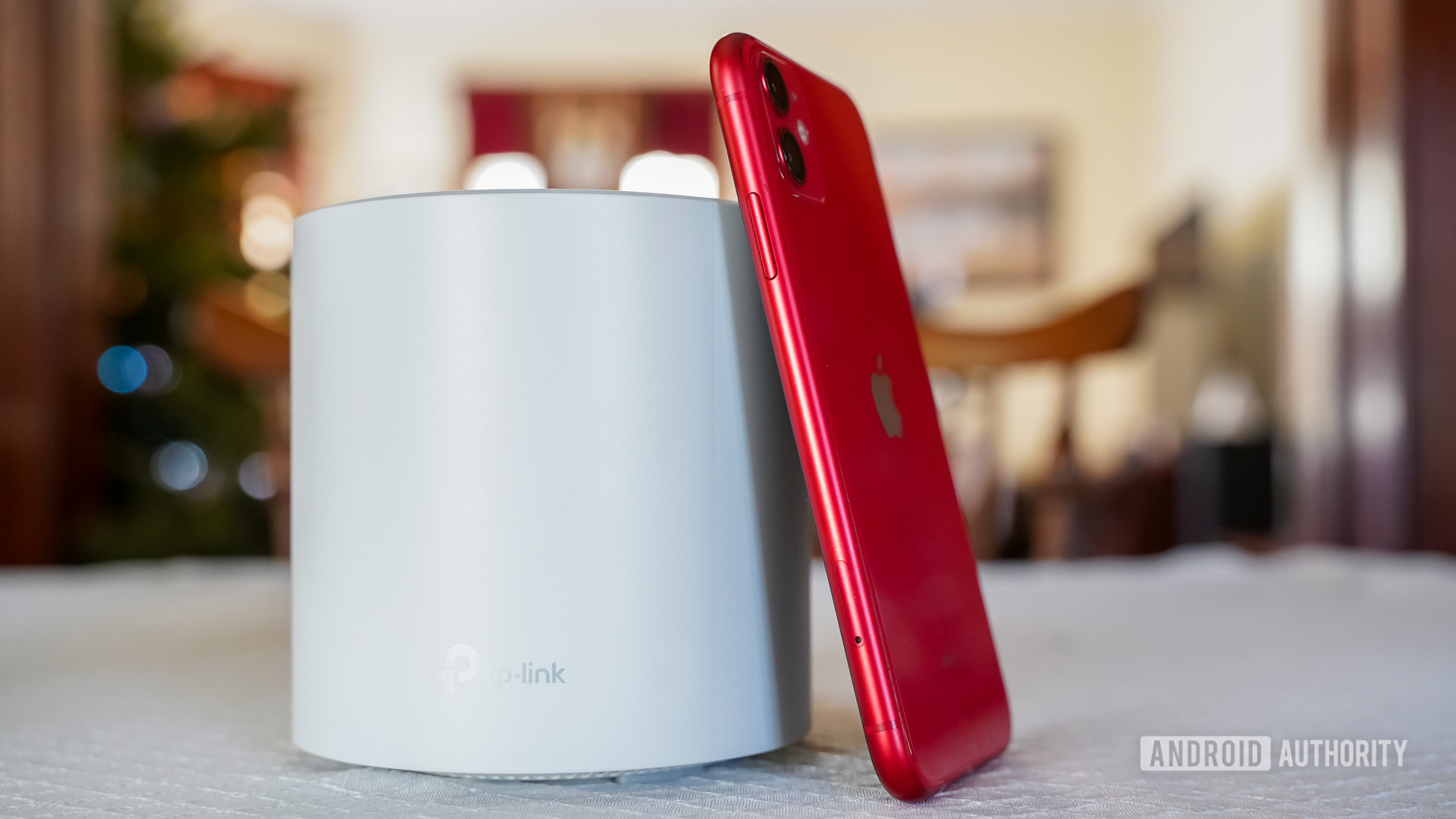
Looking to cover your whole home with Wi-Fi? Skip the individual routers and go with a mesh network. Offerings such as the TP-Link Deco X60 AX3000 mesh Wi-Fi system are an easy way to create a single, seamless network for all your devices.
Find out if mesh is for you in the Android Authority TP-Link Deco X60 AX3000 review.
TP-Link Deco X60 AX3000 review: What is it?
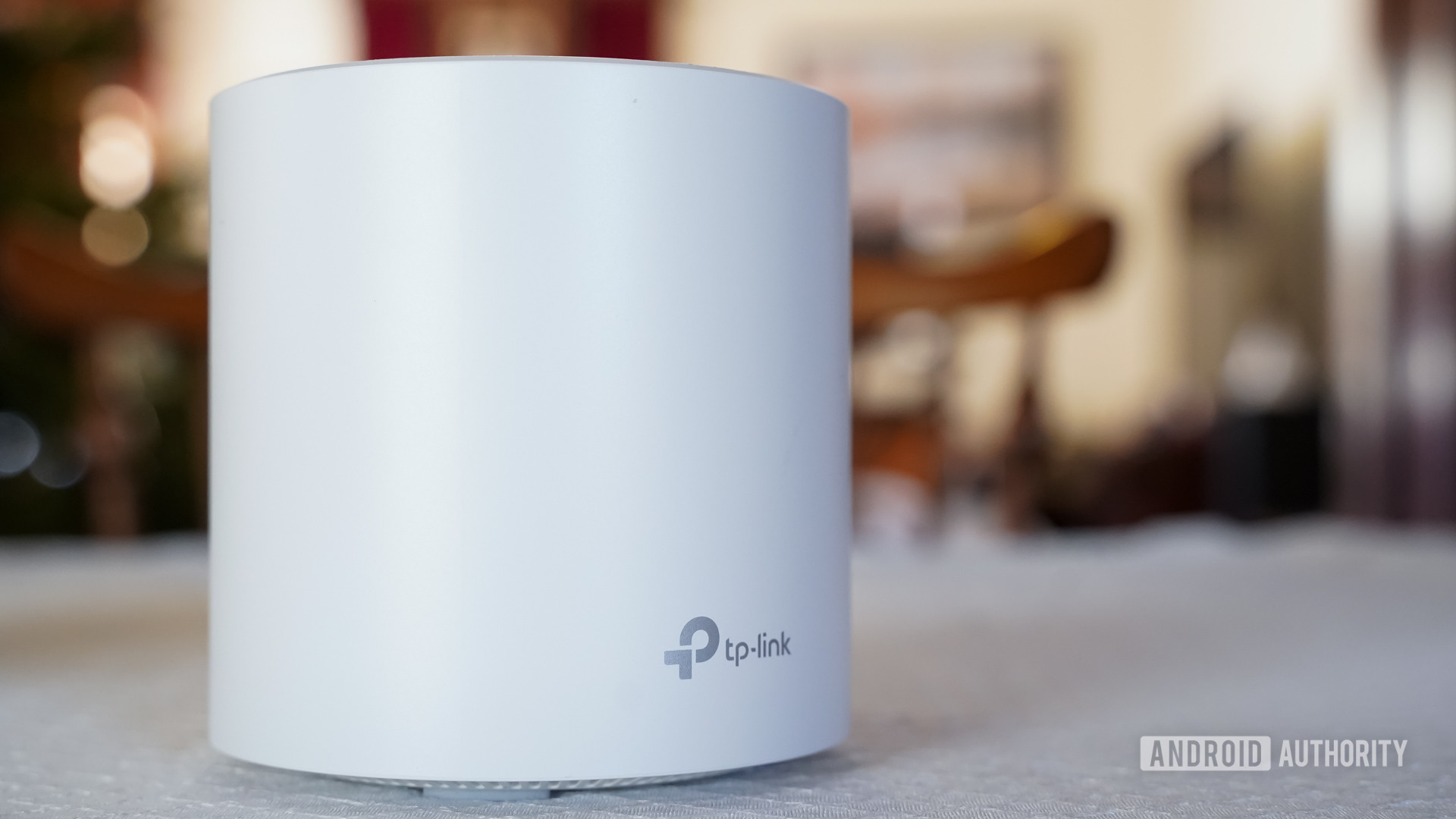
The TP-Link Deco X60 AX3000 Whole Home Mesh Wi-Fi System is (apart from being horribly named) a multi-part mesh networking product. It’s meant to smother your apartment or house in speedy Wi-Fi 6 signal. The Deco X60 consists of a main unit and one or two nodes, depending on the package you buy. Installing the components takes mere moments, and the Deco X60 is a cinch to manage via the free mobile app. Moreover, smart parental controls and security features provide peace of mind.
It’s an ideal and affordable tool for those who want to simplify their in-home network.
How hard is it to set up?
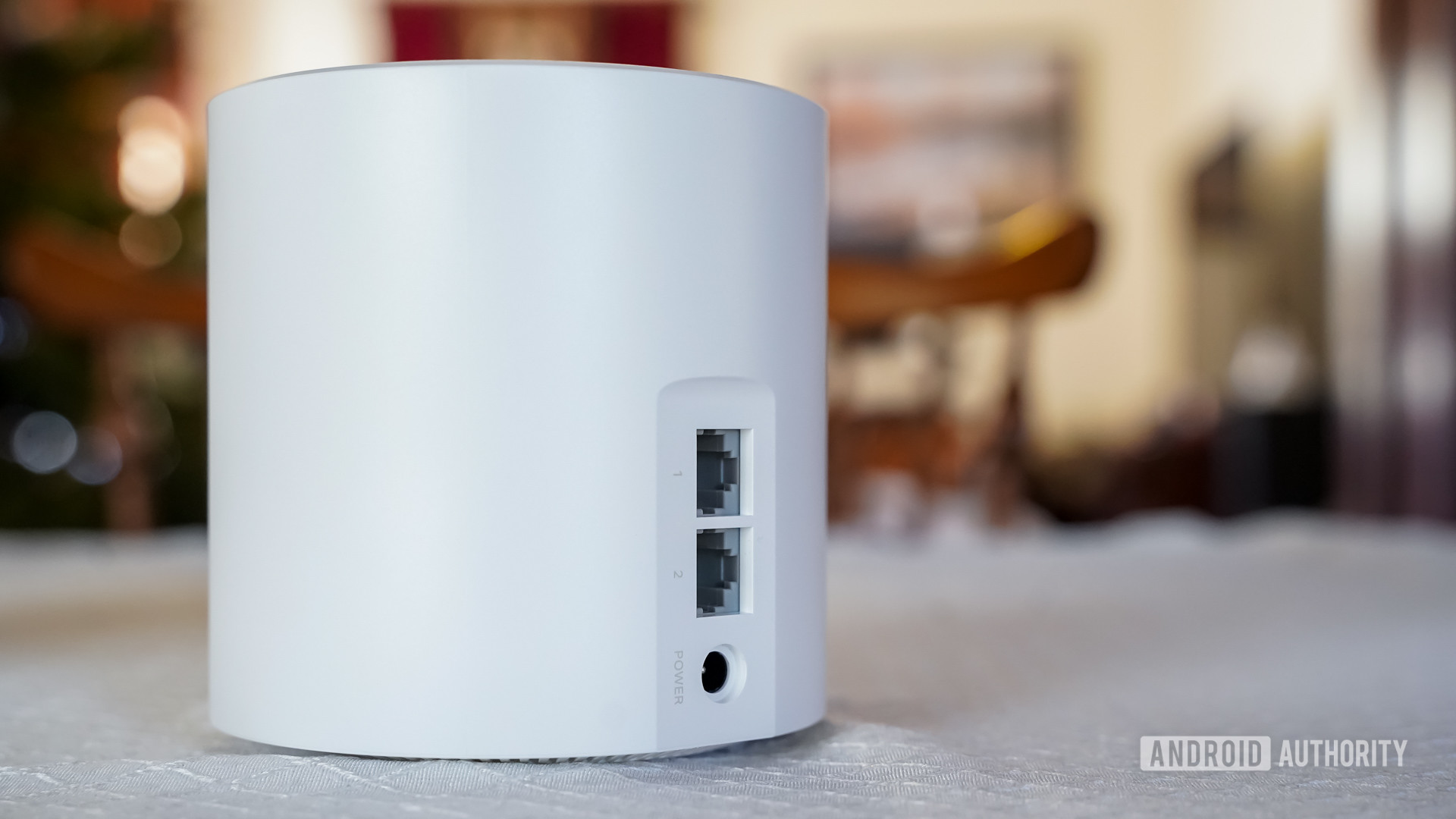
Setting up the Deco X60 is about as simple as it gets. The kit includes two or three cylindrical pods that you spread out around your house. Each stands about 114mm (4.5 inches) tall and measures 109mm (4.3 inches) wide. The white coloring and shape are modern, but they’re sizable enough that you’ll notice them on a shelf or corner table.
The base unit must be connected directly to your modem via ethernet cable. The pods each have two ethernet ports. The nodes don’t require ethernet, but the option is there. Plug the main unit in and give it about a minute to come online. An LED light at the bottom cycles between blue, red, and green to let you know the connection status. You’ll want to put the satellite nodes in strategic locations, such as rooms where you often use your devices. I had to put the main unit in my second-story office because that’s where the internet modem is. I put the second in my first-floor living room. They will need to be placed close to a power outlet.
Using the app, choose a core network name, and come up with labels for the base and nodes. These names will be helpful later if you need to troubleshoot one of them. The LED blinks blue during the setup process and remains green when the connection is good. It only turns red when there’s a problem.
Related: Google Nest Wi-Fi review
When all three nodes are green, you’re good to go.
What are the Deco X60’s features?
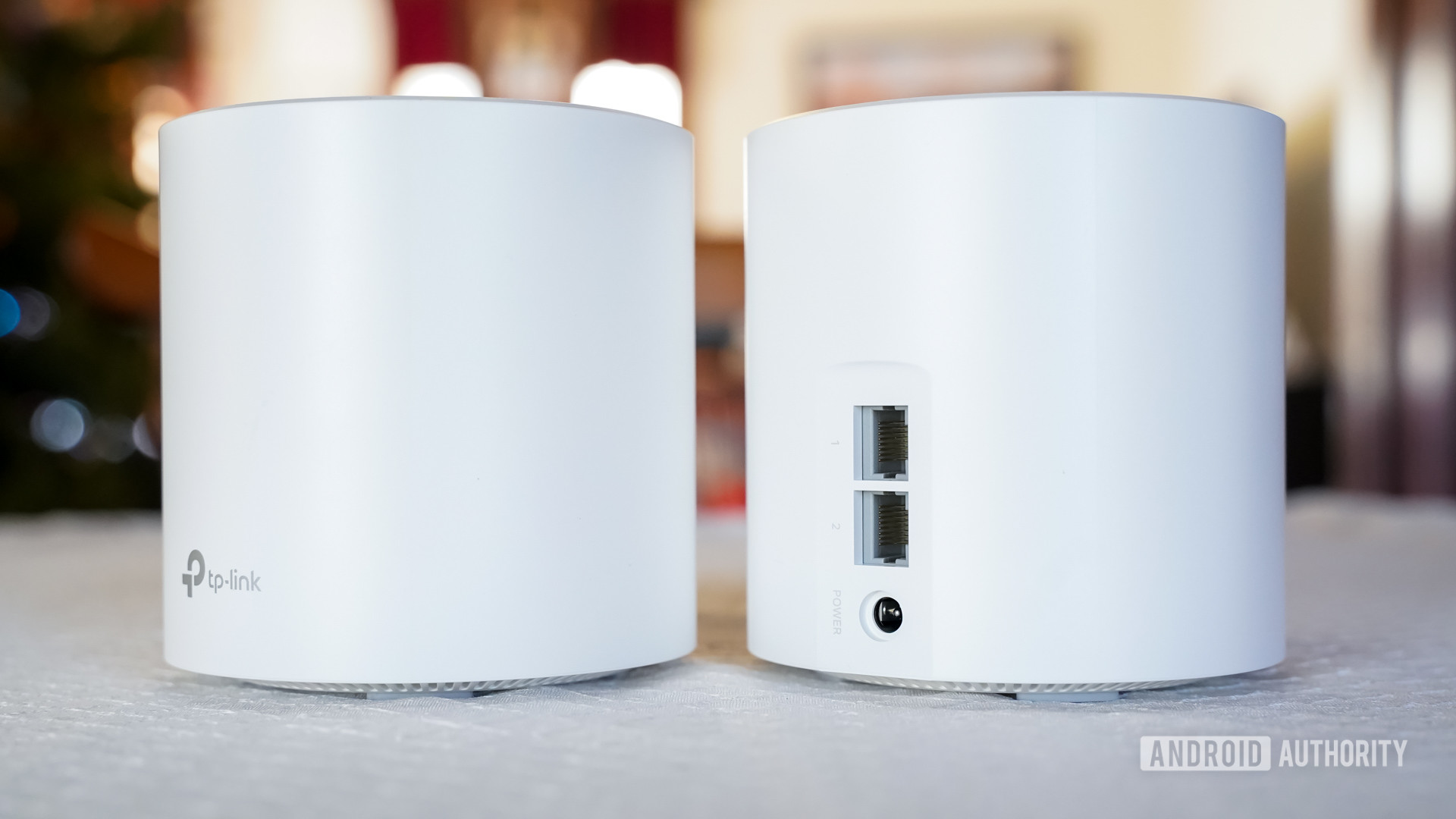
The TP-Link Deco X60 AX3000 is a great way to get Wi-Fi 6 into your home. Each node has four antennas and is powered by a quad-core 1GHz processor. It can handle up to six streams across the 2.4GHz and 5GHz bands with MU-MIMO data streaming at 1024QAM. Advanced features include band steering and beamforming. Everything is protected by WPA3 encryption for the best in security.
On the software side of things, the Deco X60 includes a subscription to TP-Link HomeCare. This is an entire suite of tools from Trend Micro that include parental controls and anti-malware. Parents can select from child, pre-teen, teen, and adult filters to prevent their offspring from reaching forbidden content. The tool allows parents to create their own list of blocked sites, as well as set time limits. Anti-malware software is on board as well.
HomeCare also includes some presets for usage types. For example, you can choose between standard, chatting, custom, gaming, streaming, and surfing. The idea is to optimize the performance of the system based on what activities you’re pursuing.
How does the Deco X60 perform?
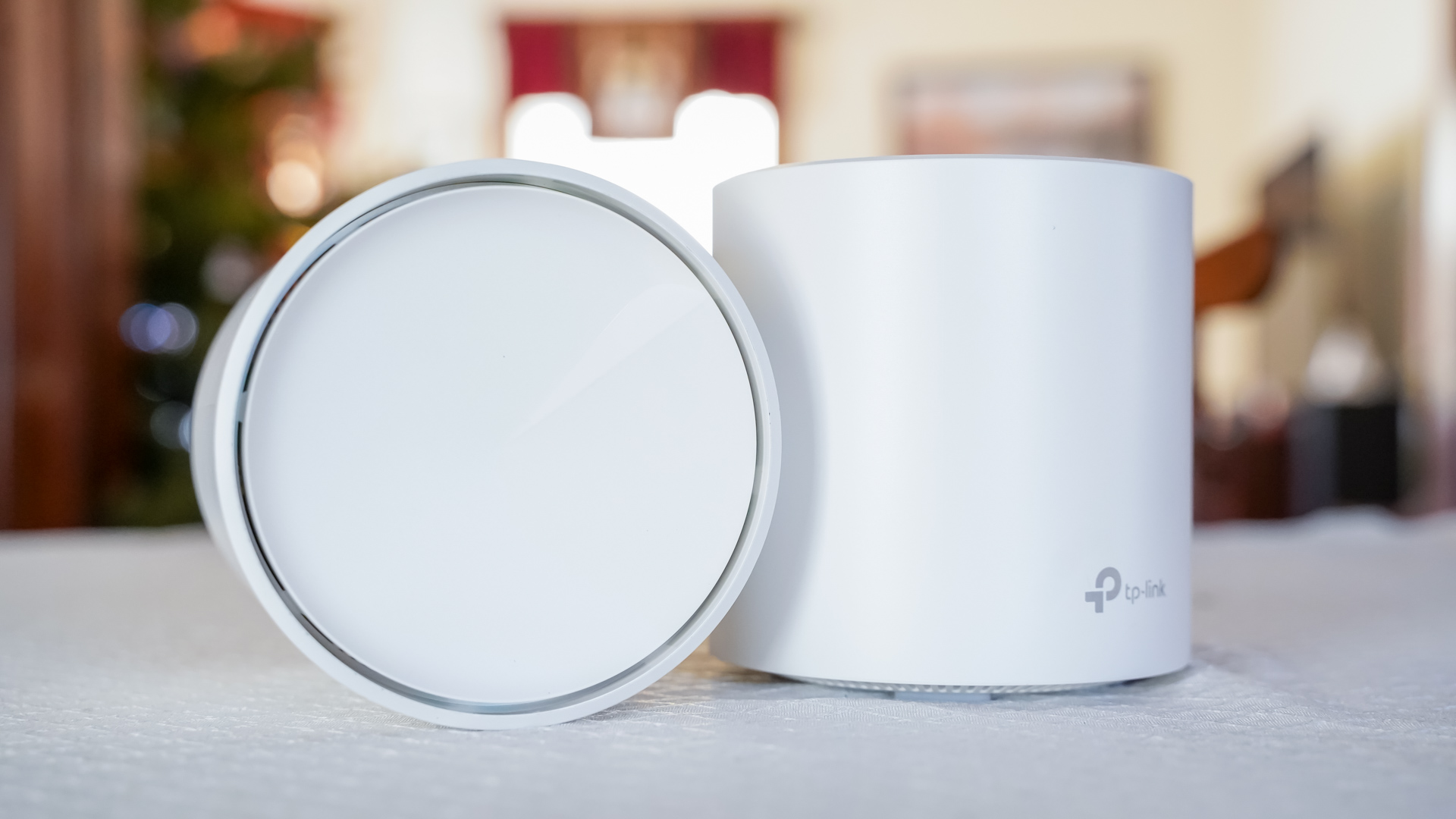
The Wi-Fi 6 powers of the Deco X6 allow it to support theoretical speeds up to 3Gbps. In order to reach speeds that high, it’ll need to attain a peak of 574Mbps in the 2.4GHz band and 2.4Gbps in the 5GHz band. More importantly, your connection speed will need to be able to handle that.
My home internet service (Verizon FiOS) is limited to 100Mbps up and down, so those are the max speeds I saw from the TP-Link Deco X60 AX3000. Clearly, I’m underutilizing the system. If you’re lucky enough to have gigabit service, you should see much higher speeds. Coverage, however, is more important than raw speed, and that’s one of the major benefits of the Deco X60.
I upgraded my home to a mesh system about a year ago. This meant switching from several separate access points spread around the house to the Google Wi-Fi system. One node was placed on each floor of my house (basement, first, second.) The mesh system delivered a major improvement to the performance and coverage of my home network. Sure, there were some slow spots, but there were no more dead spots. I was looking for the Deco X60 to at least equal what the Google Wi-Fi can handle. The good news is the two-node Deco X60 system I tested was on par with the three-node Google system I have.
We put the hurt on the X60 and didn't experience any dropped video calls, nor any hiccups in streamed content.
Thanks to Covid, I gave the Deco X60 a real workout. My wife (a teacher) and my two daughters each spend all day streaming Google Meets for school. With the three of them streaming video meets and me streaming music, we put the hurt on the X60. We didn’t experience any dropped video calls, nor any real hiccups in streamed content. Moreover, coverage in the basement didn’t suffer much with the loss of a node. Most of the time, my phone showed full Wi-Fi coverage throughout the house. I also tested outside. The Deco X60’s signal held up as long as I remained within about 50 feet of my house (for what it’s worth, my house is made of stone.) I was easily able to stream Spotify to a Bluetooth speaker while raking leaves in my backyard.
Bottom line, the Deco X60 at least matched the performance of Google Wi-Fi. Perhaps just as importantly, the X60 was dead simple to set up and manage.
Specs
| TP-Link Deco X60 AX3000 | |
|---|---|
Processor | Qualcomm 1 GHz Quad-core CPU |
Interface | 2 LAN/WAN Gigabit Ethernet Ports |
Button | 1 Reset button on the underside |
Antenna | 4 internal antennas per Deco unit |
Wireless Standards | IEEE 802.11 ax/ac/n/a 5 GHz, IEEE 802.11 ax/n/g/b 2.4 GHz |
Frequency | 5 GHz 2.4 GHz |
Signal Rate | 2402 Mbps (5 GHz) 574 Mbps (2.4 GHz) |
Wireless Security | WPA-PSK WPA2-PSK WPA3 |
Advanced Functions | Router/ Access Point Mode Optional Ethernet Backhaul TP-Link Mesh Technology: MU-MIMO OFDMA 1024-QAM BSS Color Auto Path Selection Self-Healing AP Steering Band Steering Beamforming |
TP-Link Deco X60 AX3000 Mesh Wi-Fi system review: Should you buy it?
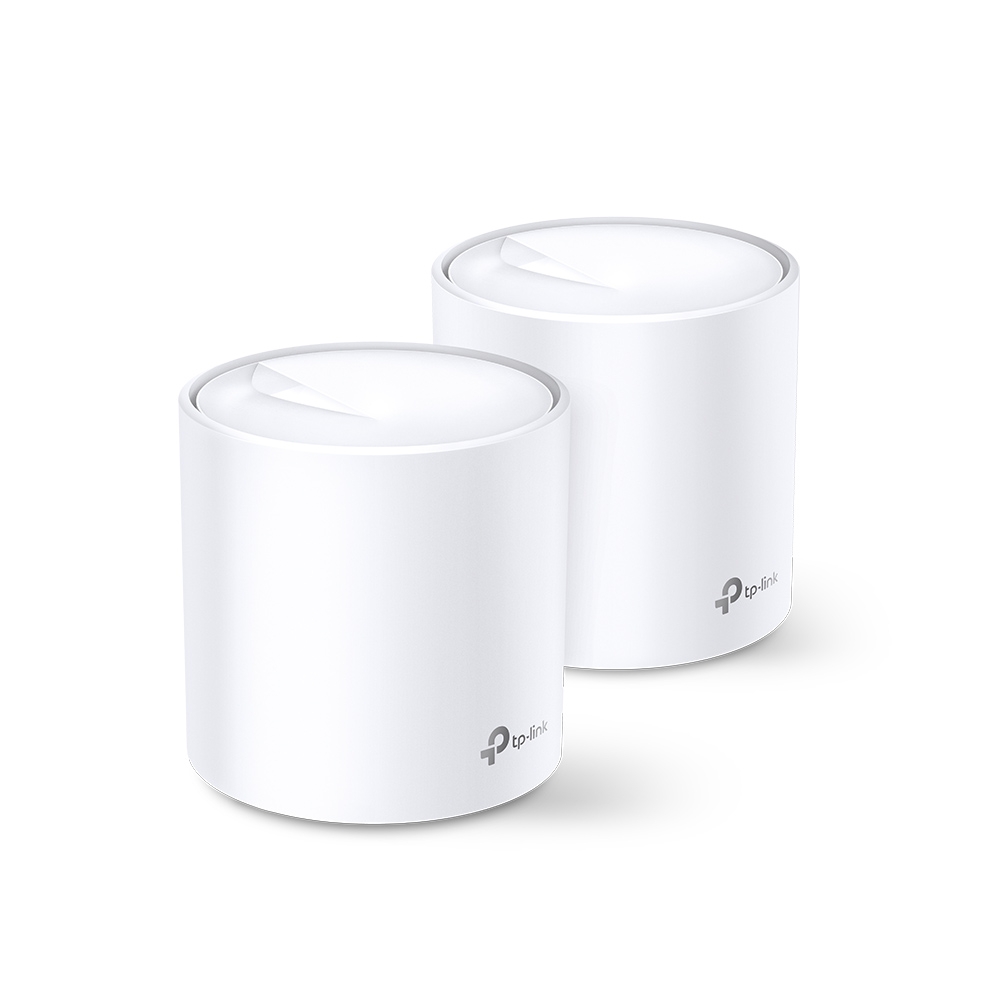
The Deco X60 packs Wi-Fi 6 and other advanced technologies to help you surf in security. It comes in two configurations, one with two nodes ($269.99) and one with three nodes ($319.99.) TP-Link says the two-node system covers 5,000 square feet while the three-node system covers 7,000 square feet. I found the two-node system easily covered my whole house as well as a solid bubble around it. The app is a breeze to use when it’s time to configure and manage the system.
There is tons of competition in the mesh networking space, however. As mentioned, Google Nest Wi-Fi is an option, as are products from Eero, NETGEAR, and ASUS. The $449 ASUS ZenWiFi AX is a great Wi-Fi 6 choice. Some might find the $200 NETGEAR Orbi AC1200 a more budget-friendly pick. If you care to stick with TP-Link, the Deco X20 AX1800 is a less expensive option that covers less square footage.
TP-Link did a fine job with the Deco X60 AX3000. It handled my home Wi-Fi with ease and survived massive amounts of streaming from no less than five computers at the same time. It’s priced in the middle of the pack and is a solid value for money.